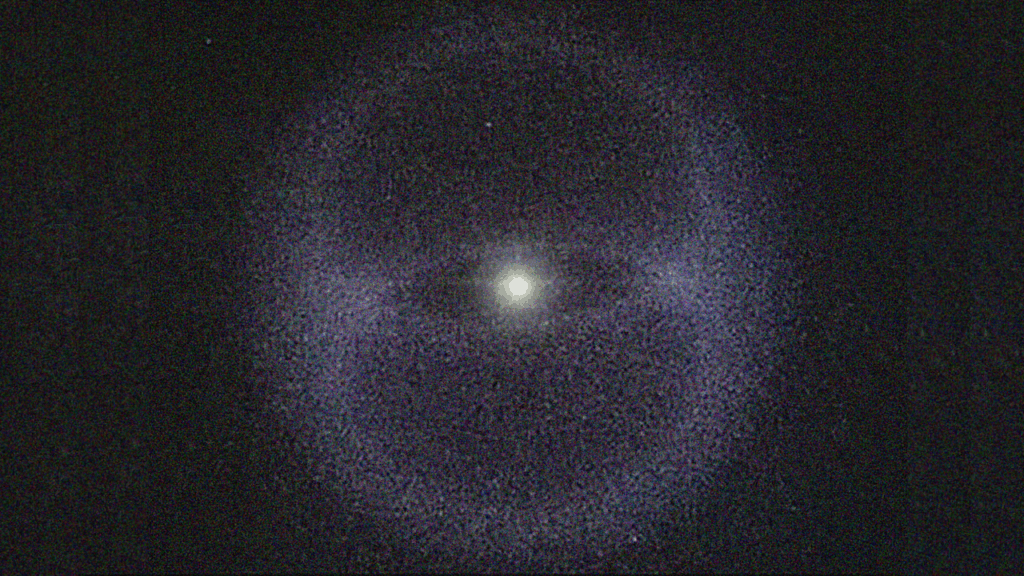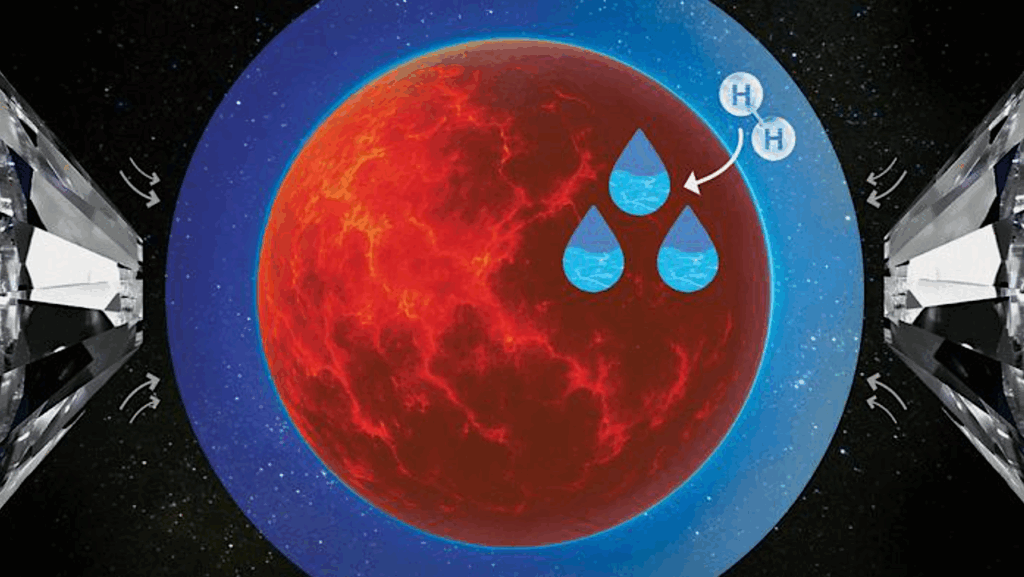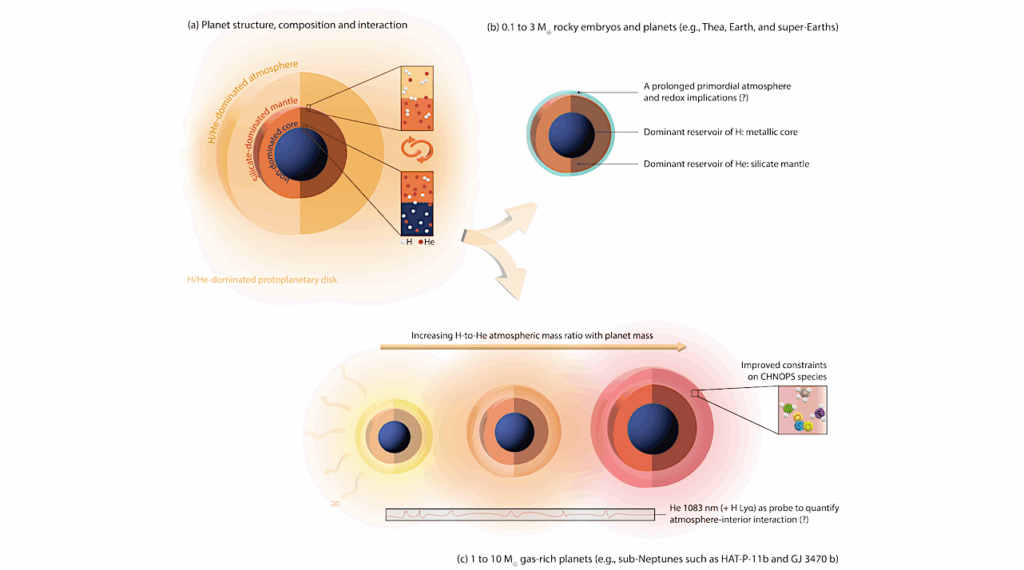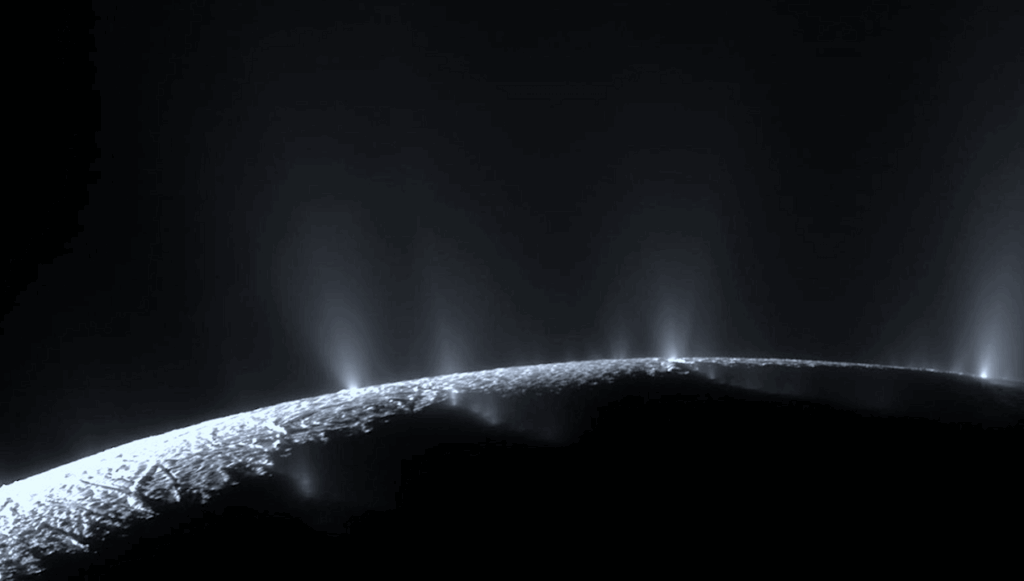Identification Of Pre-biotic Molecules Containing Peptide-like Bond In A Hot Molecular Core, G10.47+0.03

After hydrogen, oxygen, and carbon, nitrogen is one of the most chemically active species in the interstellar medium (ISM). Nitrogen bearing molecules have great importance as they are actively involved in the formation of biomolecules.
Therefore, it is essential to look for nitrogen-bearing species in various astrophysical sources, specifically around high-mass star-forming regions where the evolutionary history is comparatively poorly understood. In this paper, we report the observation of three potential pre-biotic molecules, namely, isocyanic acid (HNCO), formamide (NH2CHO), and methyl isocyanate (CH3NCO), which contain peptide-like bonds (-NH-C(=O)-) in a hot molecular core, G10.47+0.03 (hereafter, G10). Along with the identification of these three complex nitrogen-bearing species, we speculate their spatial distribution in the source and discuss their possible formation pathways under such conditions.
The rotational diagram method under the LTE condition has been employed to estimate the excitation temperature and the column density of the observed species. Markov Chain Monte Carlo method was used to obtain the best suited physical parameters of G10 as well as line properties of some species. We also determined the hydrogen column density and the optical depth for different continuum observed in various frequency ranges. Finally, based on these observational results, we have constructed a chemical model to explain the observational findings. We found that HNCO, NH2CHO, and CH3NCO are chemically linked with each other.
Prasanta Gorai, Bratati Bhat, Milan Sil, Suman K. Mondal, Rana Ghosh, Sandip K. Chakrabarti, Ankan Das
(Submitted on 20 Mar 2020)
Comments: Accepted for the publication in the Astrophysical Journal
Subjects: Solar and Stellar Astrophysics (astro-ph.SR); Astrophysics of Galaxies (astro-ph.GA)
Cite as: arXiv:2003.09188 [astro-ph.SR] (or arXiv:2003.09188v1 [astro-ph.SR] for this version)
Submission history
From: Ankan Das
[v1] Fri, 20 Mar 2020 10:49:16 UTC (6,518 KB)
https://arxiv.org/abs/2003.09188
Astrobiology, Astrochemistry








